Medical sensors, as the name implies, are the part of sensors used in the biomedical field. The information they pick up is the physiological information of the human body, and its output is often expressed by electrical signals. Therefore, medical sensors can be defined as: The physiological information is converted into a device for converting electrical information having a determined functional relationship.
Human physiological information has two categories: electrical information and non-electrical information. From the perspective of distribution, there are internal (such as blood pressure and other pressures), body surface (such as electrocardiogram and other types of bioelectricity) and in vitro (such as infrared). , biomagnetic, etc.).
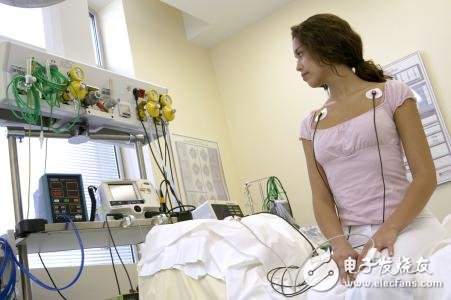
As an important branch of sensors, medical sensors must consider the influence of human factors, consider the specificity and complexity of biosignals, and consider the biocompatibility, reliability and safety of biomedical sensors.
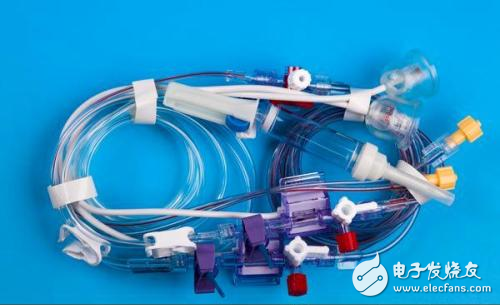
1, the sensor itself has good technical performance, such as sensitivity, linearity, hysteresis, repeatability, frequency response range, signal to noise ratio, temperature drift, zero drift, sensitivity drift.
2. The shape and structure of the sensor should be compatible with the anatomical structure of the detected part. When used, the damage to the measured tissue should be small.
3. The influence of the sensor on the measured object is small, and it will not burden the physiological activity and does not interfere with the normal physiological function.
4. The sensor should have sufficient firmness and will not fall off or be damaged when it is introduced into the part to be tested.
5, the sensor and the human body should have sufficient electrical insulation to ensure human safety.
6. The sensor enters the human body to adapt to the chemical action in the living body, is compatible with the chemical components in the living body, is not easy to be corroded, has no bad stimulation to the human body, and is non-toxic.
7. The sensor enters the blood or is buried in the body for a long time and should not cause blood clots.
8, the sensor should be simple to operate, easy to maintain, structurally easy to disinfect.
Medical sensor useDetection - Detection of normal or abnormal physiological parameters. For example, a patient with congenital heart disease must measure the intracardiac pressure with a blood pressure sensor before surgery to estimate the degree of defect.
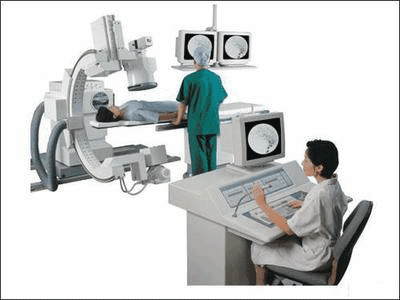
Monitoring - Continuous measurement of whether certain physiological parameters are in the normal range for timely forecasting. In the ICU ward, a monitor for continuous monitoring of critical temperature, pulse, blood pressure, respiration, and electrocardiogram of critically ill patients.
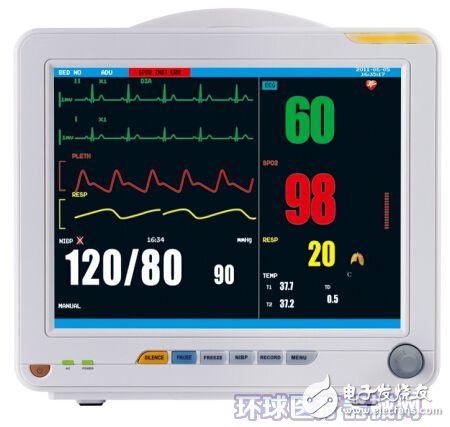
Control - the use of detected physiological parameters to control the physiological processes of the human body. For example, when using a synchronized respirator to rescue a patient, the patient's breathing signal is detected to control the movement of the respirator in synchronism with the human body's breathing.
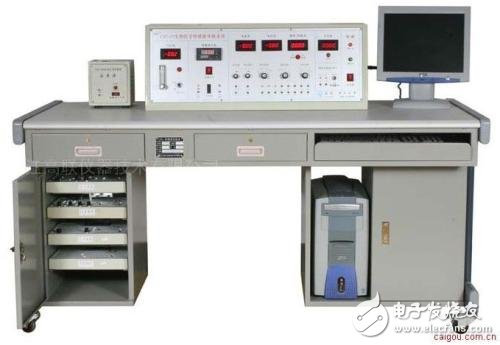
Shenzhen Ousida Technology Co., Ltd , https://www.osdvape.com